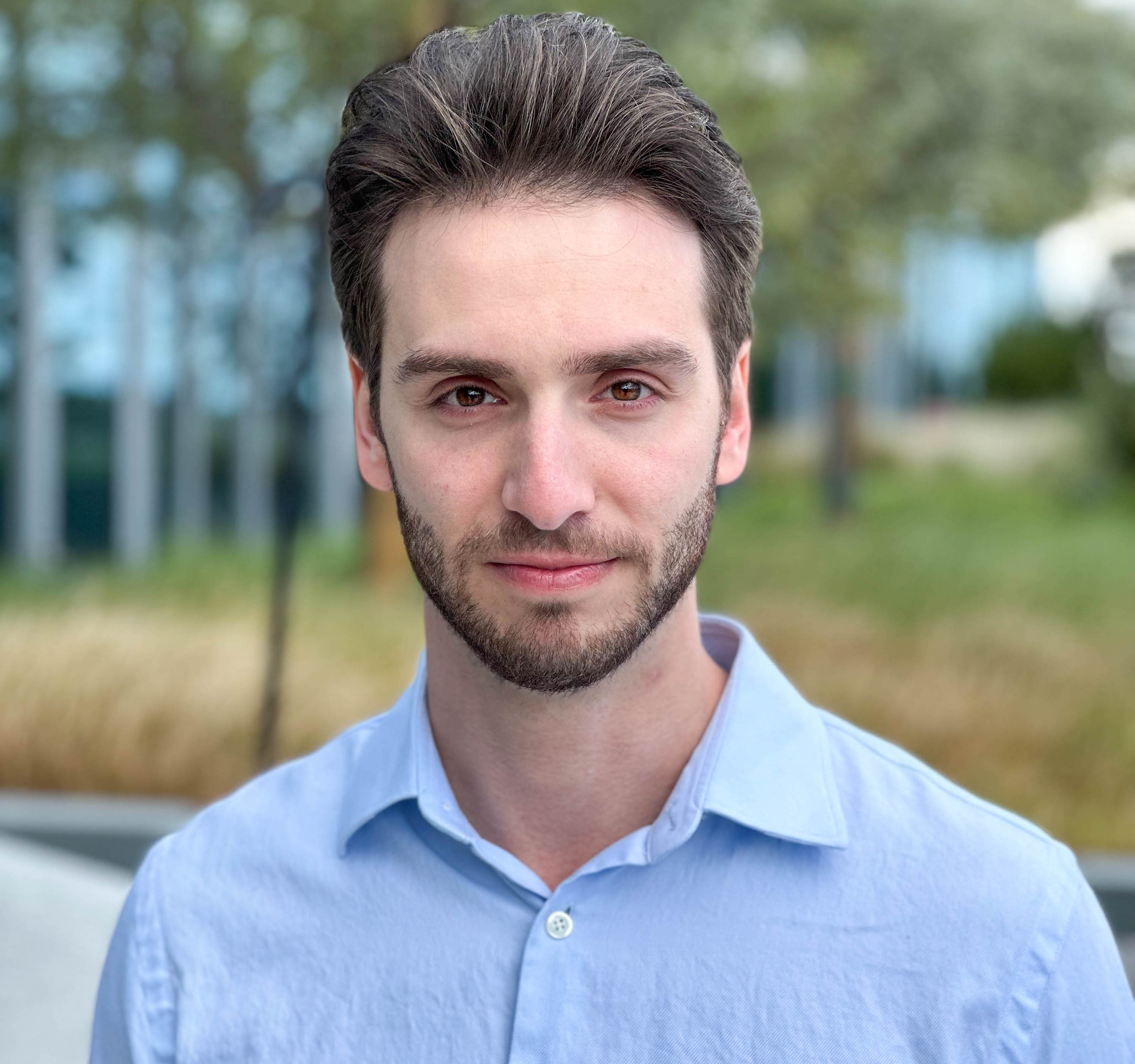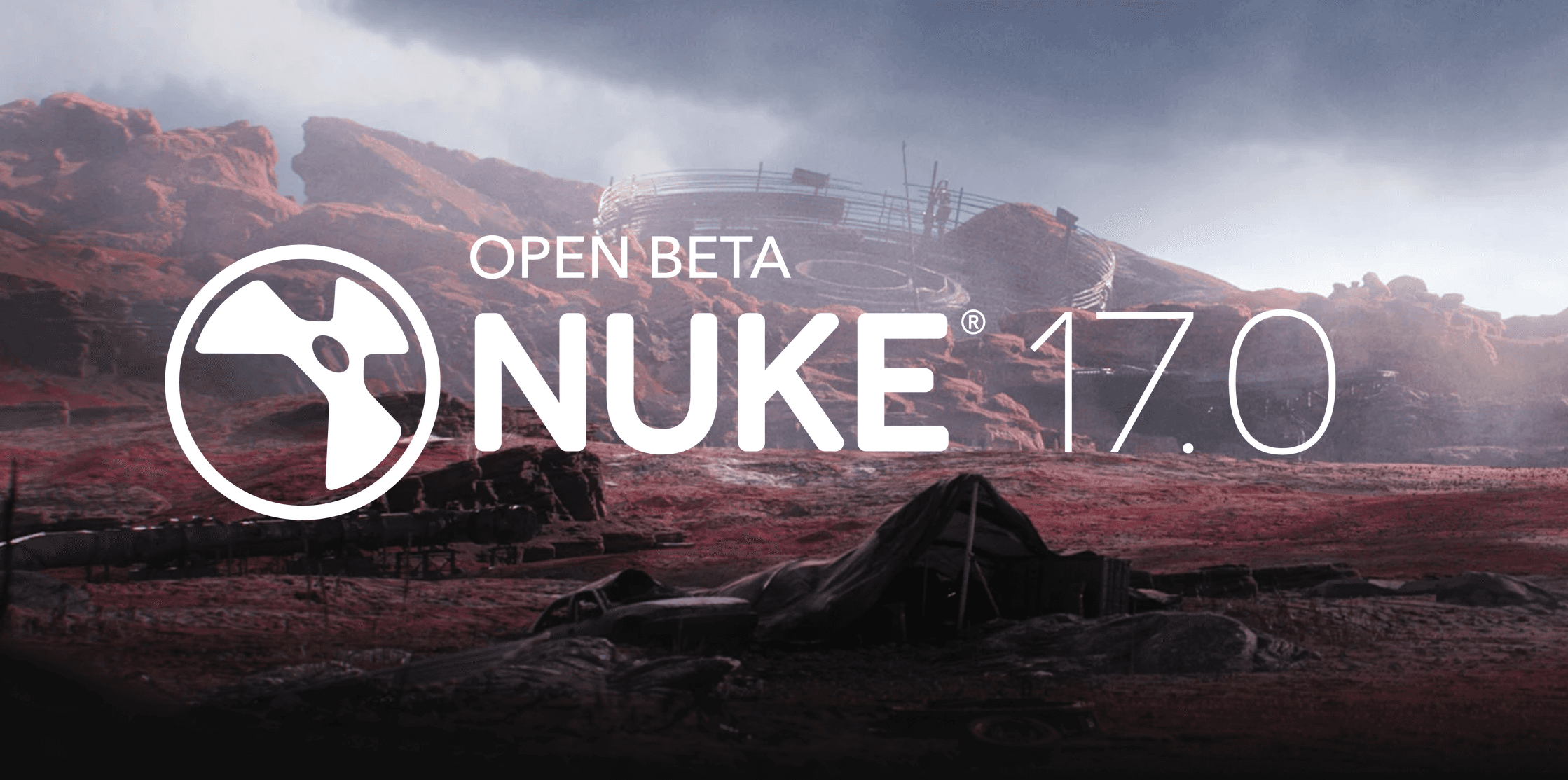

Michael Rubloff
Mar 15, 2024
Kevin Kwok, perhaps better known as Antimatter15, has released something amazing: splaTV.
It's an implementation of Spacetime Gaussians, a state-of-the-art method for dynamic Gaussian Splatting, running natively in browsers. Antimatter15's viewer for static Gaussian Splatting quickly became a go-to choice for those interested in exploring their splats, and splaTV is poised to achieve similar status for dynamic Gaussian Splatting.
Although the complexity of Spacetime Gaussians and their numerous parameters make the file format challenging to port, this approach benefits splaTV by facilitating easy loading and streaming without additional processing.
This could be a contributing factor to its ability to run at a full 120 fps in-browser. Here are the movement controls for the viewer:
Vertical Movement: Use the
Wkey to move upwards and theSkey to move downwards.Camera Swing: To swing the camera left, press
A. For right, pressD.Dolly Zoom: Use the square brackets
[ ]keys to enable a dolly zoom effect, adding a cinematic feel to your exploration.Zoom: Regular zoom is done by pinching on a Mac trackpad or doing ctrl+scroll to zoom in and out.
splaTV is additionally MIT Licensed, similar to Antimatter15's other work, allowing for permissible usage. There is also the ability to add custom scenes into the viewer. With that in mind, here are two additional sample scenes.
Enhancing its appeal, splaTV also supports Webgl and WebXR, enabling access in XR environments. Antimatter15 ensures users can easily immerse themselves in the scene, provided they have enabled the necessary WebXR flags in their browsers.
We have seen a few papers recently looking at dynamic splats, in addition to the announcement of Gmix, a dynamic gaussian splatting company.
Experience the viewer for yourself and be amazed by accessing it here! If you would like to access the code, please see the Github page for splaTV.







